
OR
Better governance is a key to reducing flood risks
Published On: October 13, 2020 09:00 AM NPT By: Mandira Singh Shrestha and Arabinda Mishra
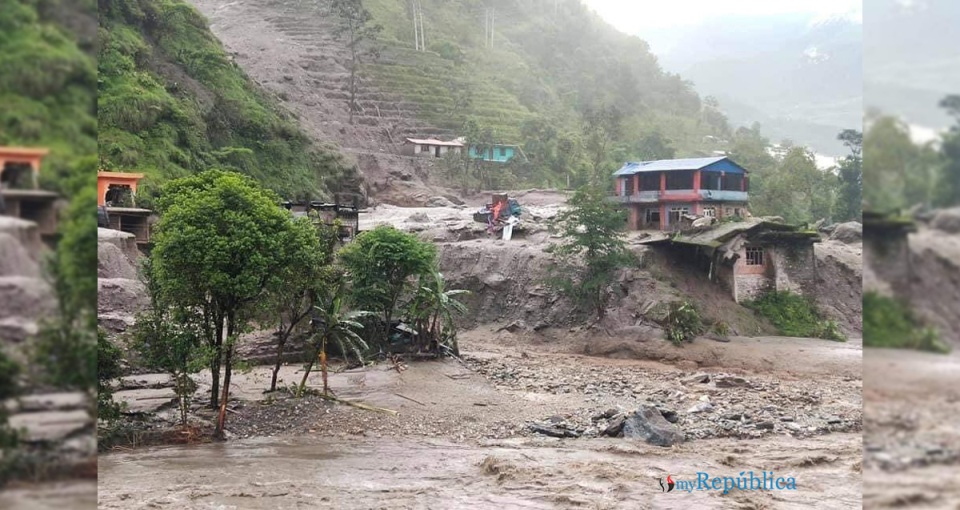

Mandira Singh Shrestha and Arabinda Mishra
Mandira Singh Shrestha (mandira.shrestha@icimod.org) and Arabinda Mishra (arabinda.mishra@icimod.org) are with the International Centre for Integrated Mountain Development (ICIMOD), Kathmandu.news@myrepublica.com
More from Author
Implementing DRR policies through effective governance is a key to the reduction of climate change-induced disaster risks and coping with the aftermath of the COVID-19 crisis in Nepal and other countries in South Asia.
The International Day for Disaster Risk Reduction (IDDRR) is observed on October 13 each year, since 1989. This day provides us with an opportunity to reflect on, and measure the progress being made towards disaster risk reduction and the minimization of the loss of life, livelihoods, property, and infrastructure. This year’s IDDRR is particularly significant, in the light of the COVID-19 pandemic, given its extremely grave impacts on health, tourism, agriculture, and other sectors in South Asia and worldwide, and in the context of the widely-felt need for a ‘green’ recovery.
This year’s IDDRR has disaster risk governance as its theme. Governance can be defined in multiple ways and would include processes, mechanisms, institutional capacities, and the existence of rules. It tends to reflect the general state of relations in society. Its four key operational components are institutions, policies, the role of actors and stakeholders, and the flow of power and knowledge.
The significance of governance—at multiple levels—in disaster risk reduction (DRR) is reflected in the Sendai Framework for Disaster Risk Reduction 2015‒2030, which was adopted at the Third United Nations World Conference on Disaster Risk Reduction held in Sendai, Japan between 14‒18 March 2015. The second of the Sendai Framework’s four priorities for action, ‘Strengthening disaster risk governance to manage disaster risk’, states that “disaster risk governance at the national, regional, and global levels is of great importance for an effective and efficient management of disaster risk.” A recent, May 2020 study by Oxford Policy Management has also underlined that the highest priority area to be strengthened for DRR is governance. Often, a weak institutional mechanism and poor governance have led to an increase in losses during disasters, as we have repeatedly seen in the past.
Reduced fatalities in South Asia
There has, however, been some progress in South Asia during recent years in coping with disasters. For instance, this year, a number of floods and landslides occurred in Nepal, Pakistan, India, and Bangladesh. It is striking that while over 18 million people have been affected by these events across South Asia, about 1,300 are dead or missing.
The fact that countries in South Asia are increasingly seeing relatively fewer people killed by floods may be due to the development of early warning systems (EWS). For instance, over the last decade, a number of early warning systems have been installed in flood-prone areas in Nepal, such as in the Ratu, Riyu, and Kankai watersheds. Advances in technology and the proliferation of varied modes of communication such as the radio, television, mobile phones, the social media, and the print media have made the dissemination of such warnings much easier today than in the past. In Nepal, according to the National Disaster Risk Reduction and Management Authority (NDRRMA), 42 people have been killed, 37have gone missing, and 27 out of 77 districts affected by floods this year. During the flooding events, the NDRRMA coordinated with various agencies and ensured effective communication regarding risks and response actions on the ground. However, notwithstanding this improved coordination, there are gaps in disaster governance that need to be addressed. Let us examine one EWS in Nepal a little closely, to identify what some of those might be.
Lessons from EWS in Ratu basin
A community-based flood early warning system (CBFEWS) has been in operation since 2015 along the Ratu River in Mahottari district of Province Two. It has been operated by communities here to share early warnings from upstream to downstream areas. This CBFEWS saved lives on 12 August 2017, both here and downstream in Sitamarhi district in Bihar, India, during one such flooding event.
With the new federal structure in the country, there seems to be a need to revisit the mechanisms in place and connect local institutions such as the community-based disaster management committees (CDMCs) with the municipal authorities. CDMCs are voluntary groups formed at the level of the local community, which raise awareness about dealing with disasters, issue early warnings, carry out search-and-rescue, and provide first aid and post-disaster relief. During focus group discussions with communities in Sarpallo, a settlement of about 11,000 people located 30 kilometres downstream of Bardibas in the Ratu basin, one learnt that the Sankatmochan CDMC, which was previously registered with the village development committee, now needed to register with the municipality to ensure effective coordination for disaster risk reduction.
However, it appears that some of the CDMCs are no longer operational, or their activity hampered. There was a lack of an annual plan due to budgetary constraints at the local level. In Sarpallo, we heard that they were unable to procure relief equipment, such as boats, life jackets, and communication equipment and facilities that are essential to minimising the adverse impacts of flood disasters.
Improved governance is a key
The effectiveness of an early warning system depends not only on how good the system is technically in terms of observation, monitoring, and prediction of floods through the use of models. It is equally important to have a good institutional mechanism in place, and ownership at the local level.
Nepal’s new federal governance structure has attempted to strengthen its disaster management systems at the central, provincial, and local levels. The National Disaster Risk Reduction and Management Authority was established in 2019 to conduct national disaster simulations, advance disaster response technologies, and improve coordination at all three levels of governance to reduce disaster risk and build resilience. The Disaster Risk Reduction and Management Act (2017) has empowered local authorities to carry out disaster risk reduction at the local level. Flood warnings are provided via technical inputs, but effective risk communication demands coordination among relevant public and private institutions at different levels—community-based organizations, government agencies, local and international NGOs, the private sector, and the local communities. An important function is not merely communicating risk warnings in time, but also conveying the technical information in a language that local communities can easily understand and act upon.
Local governments and institutions are central to disaster risk reduction management (DRRM) because they have a greater understanding of the local context, better access to indigenous knowledge, and greater access to at-risk populations. There is a need to strengthen governance by having a more systematic needs-based approach to DRRM resource allocation, aligned with local governments’ understanding of hazards, vulnerabilities, and disaster risks, and their respective development plans. Despite recent provisions to decentralize decision-making and empower local governments, implementation is a challenge because of two reasons: the assignment of roles and responsibilities remains vague and poorly delineated between the three levels of government―central, provincial, and local―and because resource allocations are inadequate. The delineation of the responsibilities of organizations at various levels also needs to be aligned with existing institutional capacities. There is also a need to raise awareness and build the institutional capacities of various stakeholders in order to reduce flood disasters. Thus, the implementation of DRR policies through effective governance is a key to the reduction of climate change-induced disaster risks, and coping with the aftermath of the COVID-19 crisis in Nepal and all other countries in South Asia.
You May Like This
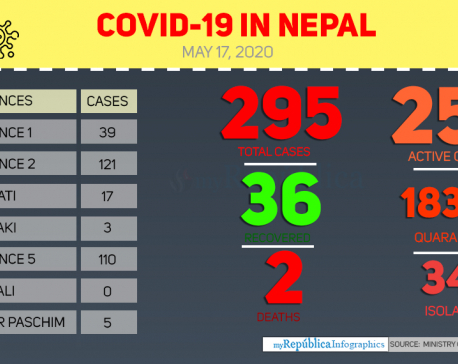
Health ministry confirms three new COVID-19 cases, number of total cases reaches 295
KATHMANDU, May 17: Nepal reported three new cases of COVID-19 on Sunday evening, taking the national tally to 295. ... Read More...
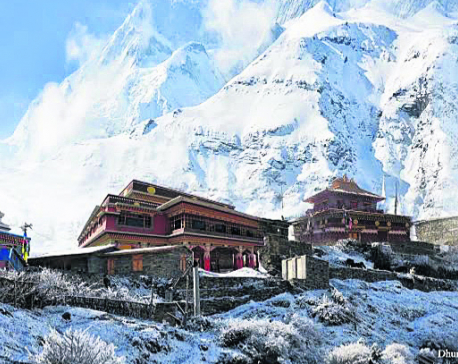
Dhurmus, Suntali to build ‘a Nepal within Nepal’
KATHMANDU, June 5: After successfully completing three settlement projects for earthquake victims and other communities, the actor couple Sitaram Kattel (Dhurmus)... Read More...

Nepal vs Kenya: Five crucial things Nepal looks for second match
KATHMANDU, March 12: Nepal is taking on Kenya on Monday in the second match of the ICC World Cricket League... Read More...
Just In
- Over 16,000 paragliding flights conducted in one year in Pokhara
- MoPIT prepares draft of National Road Safety Act, proposes rescue within an hour of an accident
- Light rainfall likely in hilly areas of Koshi, Bagmati, Gandaki and Karnali provinces
- Customs revenue collection surpasses target at Tatopani border, Falls behind at Rasuwagadhi border in Q3
- Rain shocks: On the monsoon in 2024
- Govt receives 1,658 proposals for startup loans; Minimum of 50 points required for eligibility
- Unified Socialist leader Sodari appointed Sudurpaschim CM
- One Nepali dies in UAE flood











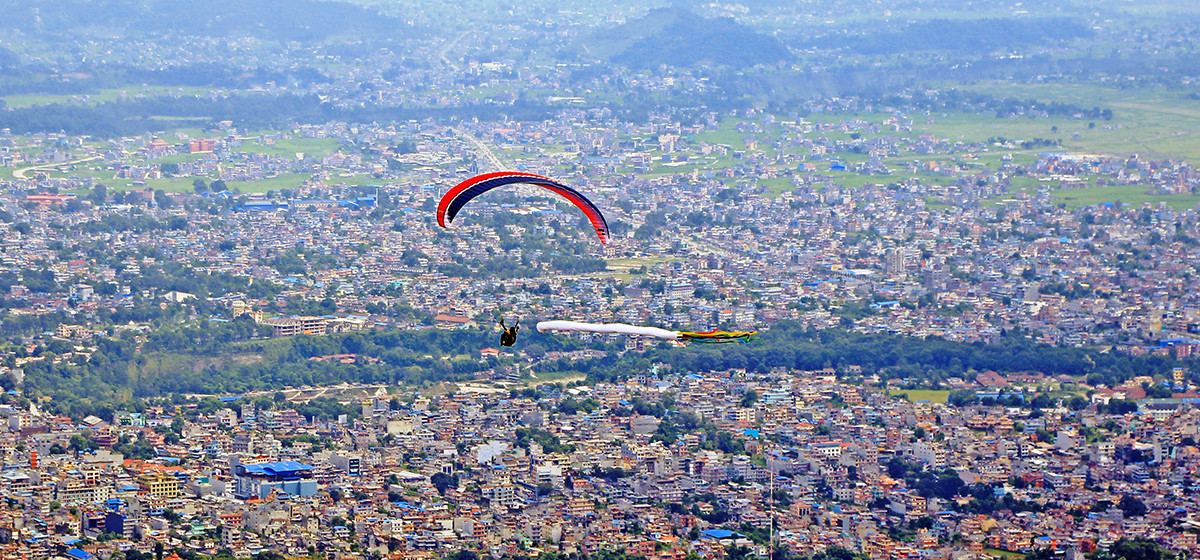
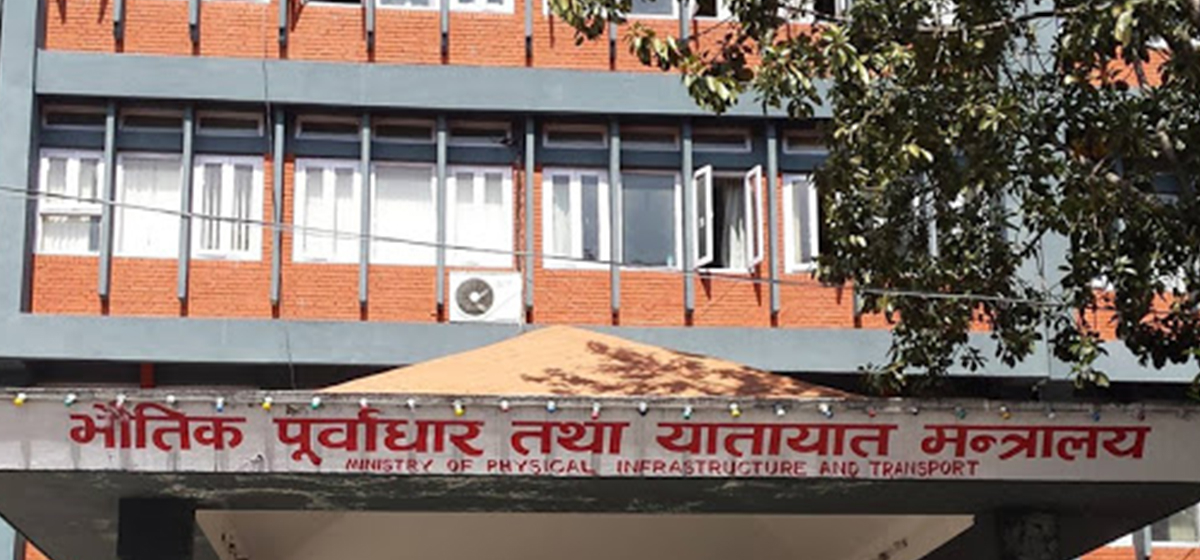





Leave A Comment